Because people see printing and finishing as a holistic solution, the combination of printing methods is also becoming more and more popular. The development of numerous related technologies has made the combination printing not only a reality but also a good economy. This article will address the technical advances in this area, focusing on the background and future trends of a combination printer using UV-cured ink technology in the narrow web printing market. First, what is the combination of printing Combined printing refers to a flow production line made up of various types of printing and finishing machines. In combination printing, flexography, screen printing, embossing, offset printing, gravure printing, hot stamping, cold stamping, and indentation can be used. In the most common combination printing units, screen printing, flexo printing, embossing, and hot stamping are commonly used. The reason why the various printing and post-printing processes are used in the same printing process is very simple, because each printing process has its own inherent strengths and weaknesses. For example, silk screens can accumulate thick layers of ink, which are distinguished by excellent hiding power. They are mainly printed on substrates with opaque white, like "no-look" signs. Silkscreen color is suitable for printing thick, thick patterns and text. On the other hand, the printing speed of screen printing is the slowest one compared to the other printing processes. Both offset printing and embossing have good graphic sharpness and high printing speed, but their acquisition cost is high and they lack sufficient hiding power compared with screen printing. Flexographic printing power is worse than silk screen printing, but higher than offset printing and embossing. Flexo printing speed and print resolution are stronger than silk screen printing, but they are slightly worse than offset printing and embossing. Look, it happens to be between low-end screen printing and high-end embossing and offset printing. Each of these processes has its own inherent limitations when used individually. If they are selected for their optimal characteristics and then combined with each other to form a narrow web production line, they can be obtained for the user at the best output efficiency. The best image clarity offers a variety of options. The number of signs printed using the combined printing process is rapidly increasing. There are two fundamental reasons for this. First, the end-users are always looking for ways to make their products more competitive on the shelves of supermarkets, and the difference is precisely the first in this consumable and brand-name product area. demand. The concept of innovation on packaging and decorating has promoted continuous technological innovation. Driven by this innovative concept, the market is optimistic about the combined printing process, especially the flexographic and screen printing processes using UV-curing inks. Second, due to the improvement of the performance of printing presses, inks, substrates, and other auxiliary materials, the combined printing process has been rapidly promoted and trusted. As a result, the post-press processing of high-end label products has also been promoted into various medium and small-scale enterprises in the printing industry. It is no longer confined to processing in a few large printing plants, thus opening up wider applications. Second, the advantages of UV curing ink Now, the development of inks, especially UV-curable inks, has become one of the major factors in promoting the development of printing process technology. It promotes the market's growing demand for combination printing processes. UV curing inks have made significant progress since entering the market 20 years ago and have played a leading role in the silk screen industry. In some cases, they have become an ink curing process that people are willing to use. So far, the quality and stability of UV-curable inks have reached a very high level and are easy to use, so the application in other printing processes has also achieved significant growth. In fact, 8 of the 10 new presses currently added to the flexo industry are equipped with at least one UV curing press. Compared with other ink curing methods, the advantages of UV-curable inks are not only in the processing process, but also in the print quality level, which can achieve effects that cannot be achieved by other processes. From the processing point of view, the advantage is that the curing process of the UV ink is very stable, and the entire process needs only to be completed from under the UV lamp. This process allows printing, hot stamping, die-cutting and any other post-printing process to be carried out on a single machine for continuous production, so that maximum productivity can be achieved with minimal effort during processing. In addition, the good adhesion properties of UV inks are suitable for a wide range of substrates, including plastic films such as BOPP, PET, polyethylene, polystyrene, and co-extruded composite films that were difficult to handle in the past. Due to the excellent adhesive properties of UV inks, the pre-press assistive working time is significantly reduced. UV inks do not contain volatile components, such as solvents or water, that do not change color and printing characteristics. In the printing, UV inks are easy to maintain the stability of color and viscosity. Once the ink is adjusted before printing, the adjustment workload on the printing press is very small, and it is unnecessary to add other additives. When printing is stopped midway, the ink on the light roll and the anilox roll will not dry. The surface of the UV ink layer has extremely high abrasion resistance and chemical stability, which is also the main reason why the label product adopts combination printing. UV inks have a high hiding power and gloss, and the clarity of prints is also very high, which fully reflects the end user's demand for product quality – enabling the user's products to achieve outstanding results in the market. Third, the combination of printing challenges Obviously, once this successful combination printing process is of high quality and easy to use, anyone will follow suit and the market will be flooded with a large number of similar products. Although this process has become very reliable, in fact, there are still some difficulties in mastering. For print operators, there are still a series of controversial issues, and there are quite a few variables that need to be effectively controlled, such as: 1. When purchasing a combination printer, the printer must ensure that the sequence between the printing units is sufficiently variable to accommodate the combination of printing processes required for various prints. In general, the hot stamping unit is always placed at the end of the printing unit. When the screen is used to print the color version, the screen printing unit is placed before or after the flexo printing unit or even in the middle. When it comes to printer configuration, consider whether each unit should be a fixed or variable decision. 2. The composition of the inks used in different printing processes is different. Different inks are not always compatible with each other because different technologies are supported by different chemical principles. This creates problems with overprinting and adhesion between inks used in two different systems. For example, non-silicon UV flexo inks often cause poor overprint performance on silicon-containing screen printing inks; inconsistencies between inks produced by different manufacturers often occur, even at the same manufacturing plant. Incompatibility issues can also occur between product lines. When such incompatibility is encountered, the ink can usually be adjusted by the operator on the printing machine. However, the best method is to test the ink compatibility before printing and obtain technical support from the ink supplier. 3. Ink is sometimes incompatible with other finishing processes such as: hot stamping, ink jet, and laser-printing graphics. Proper testing or technical support from the ink supplier is to overcome this. The key to failure. 4. When the same color is used for ink color matching with different printing processes, because the manufacturers often choose pigments from different substrates for preparation, this means that when using different process inks, such as silk screen printing ink and flexo printing ink, color matching will often occur. There is a problem. For those who have not undergone regular color matching training or lack of advanced color matching spectrophotometers, the error in color distribution is considerable. 5. The speed of printing on a combination printer is always tied to one of the slowest speeds, such as a hot stamping unit or a rotary screen printing unit. For example, a flexo printer can use UV inks at a speed of up to 300 feet per minute. If the speed of a continuous press is only 100 feet per minute, when the prints need to be stamped, they cannot run at 300 feet per minute. . 6. It is important for the factory to train operators on various printing processes because different processes require different types of operating skills. Many aspects of skill training are necessary measures to ensure that operators have a variety of process operations and fully understand the technical parameters of various processes. 7. When the printing plant first stepped into the combined printing process, another training goal was factory sales staff, not only to enable them to deal with the customer's supply department, but also to ask the designers and customers to create design staff. Communicate and work closely together in the final product design process. Fourth, the future development trend The latest developed inks have shown numerous improvements, especially in UV screen printing and UV flexo ink products. High-color, low-viscosity water-based inks have been introduced in UV flexo inks. They are suitable for high-cell-counting anilox rolls, resulting in excellent print reproduction, lower ink consumption, and more. High printing speed. Now even in circular screen printing, unadjusted flexo ink can be taken directly from the ink tank. This new pioneering development has made the combination printing company more variable and different, and made the printing process more stable and reliable. On the relatively short prints, digital printing will begin to show a positive supportive attitude towards combination printing. Digital printing has long since entered the short-form sign market and has become an ideal tool for a large number of personalized prints. However, in the near future, it is possible to print a long version of the background pattern with a screen printing or flexo printing unit, and print the personalized content with a digital printing unit. In the future, electron beam (EB) curing inks as another development direction will have a potentially increasing trend. This EB ink not only combines the advantages of UV technology, but also has a high hiding power. Today's EB ink curing equipment on the combination printing is still too expensive, but once the price of this technology is down, EB curing ink will be the next leap, it will make the ink layer hiding power and printer's Speed ​​is higher, adapting to good and fast processing requirements. As technology continues to advance, and the ever-increasing trend of end-users' demands for differentiation is evident, the prospects for combined printing are bright. In fact, according to the prediction of the industrial market, by 2003, the sign prints
Plastic Packaging
Wing Kam Packaging Co.,Ltd. was established in 2001, we are manufacturer and support custom design. We specialize in plastic tube, tray, plastic container,clear plastic cylinder container,clamshell, sliding card pack etc.. Our value message is "QUALITY IS OUR LIVE, WITHOUT QUALITY, WITHOUT US." If you order from us, YOUR BUSINESS WILL BE SAFE, YOUR MONEY WILL BE SAFE, YOUR PRODUCT OUT LOOK WILL BE GORGEOUS.
Item
Plastic tray, tube box packaging
Dimension
Customized
Material
PVC, PET,PS,PP PAPER
Thickness
0.2mm to 0.8mm
Cardboard Insert
Yes, Customized
MOQ
3000pcs
Sample order
Welcome & acceptable
Welcome to order our Plastic Packaging.
Any questions please contact us freely.
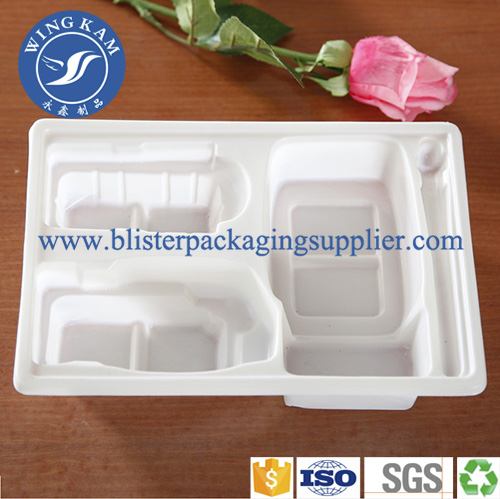
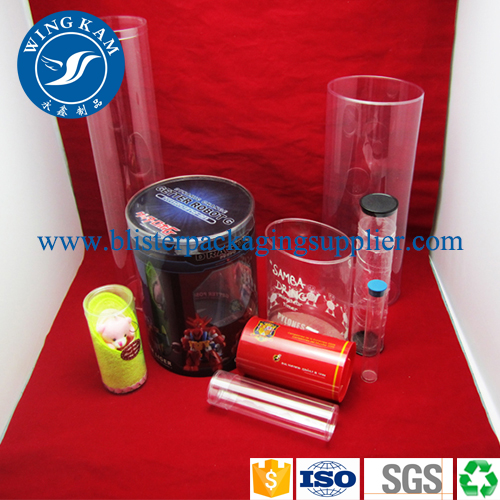
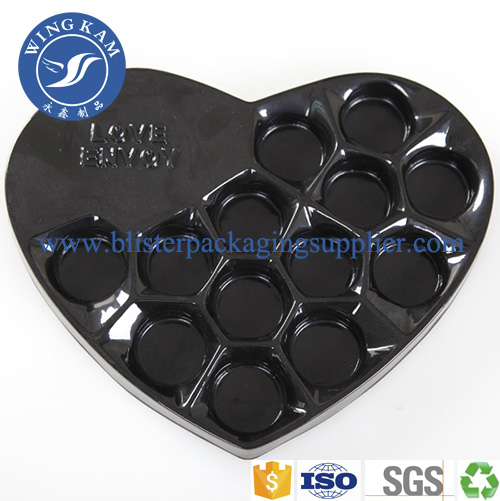
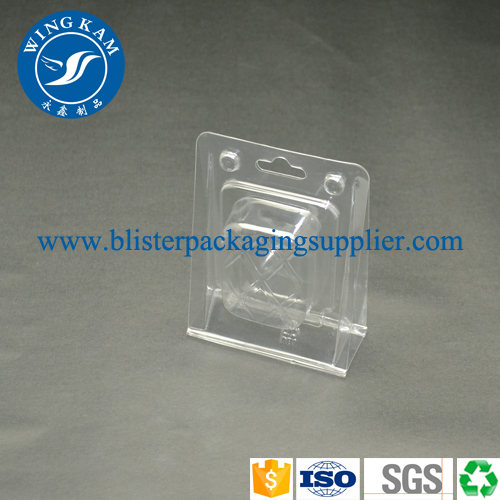
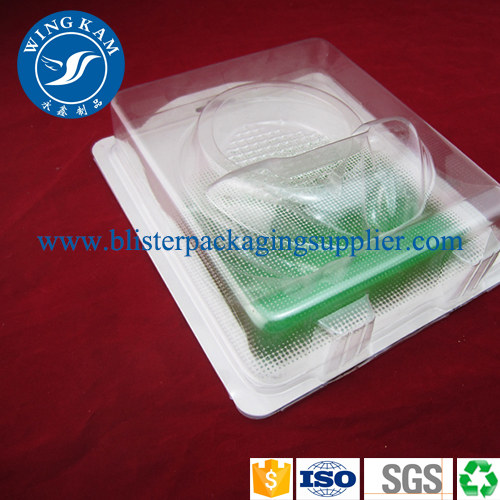

Plastic Packaging
Thermoforming Tray Packaging,Slide Card Packaging,Clamshell Packaging,Heat Seal Packaging
Shenzhen City Wing Kam Packaging Products Co., Ltd. , http://www.blisterpackagingsupplier.com